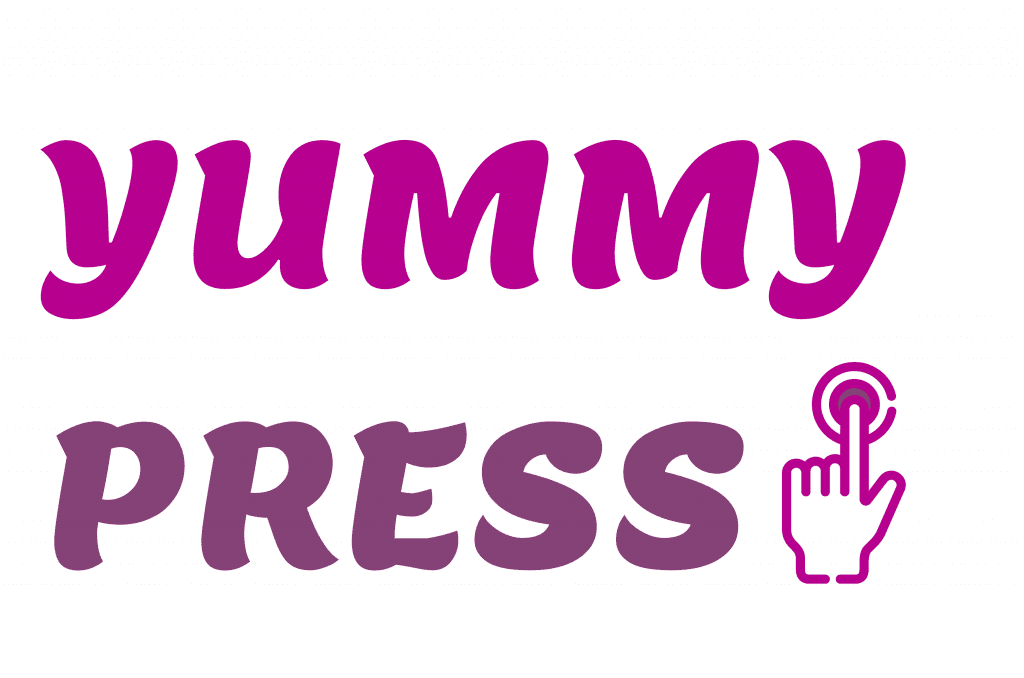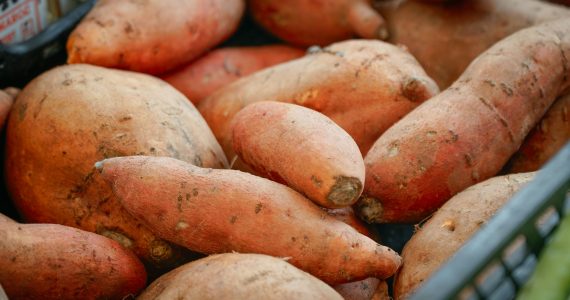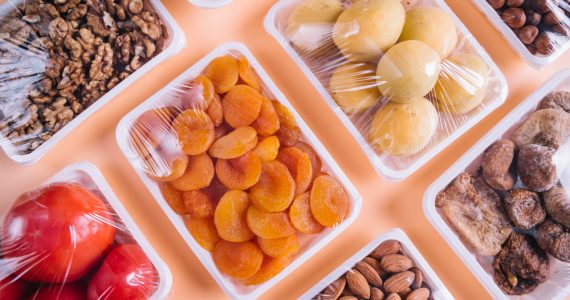Food is an emotion, memory, and experience all packed into a bite. But why do some foods blow your mind while others just feel normal? Chef Janon says it is not magic. It is food science.
Some meals taste better because they hit the perfect combo of fat, salt, sugar, and heat. These elements trigger our brain in just the right way. When they work together, the result is something we can’t stop thinking about.
The ‘Maillard Reaction’
Chef Janon says if you have ever loved a burger’s crispy edges or the golden crust on fresh bread, you have met the Maillard reaction. This is the chemical change that happens when heat meets protein and sugar.
It is what gives grilled meat that deep brown color and rich, savory flavor. That is why toast smells amazing. Without this browning, food can taste flat and one-dimensional. Maillard reactions build layers, and those layers make food unforgettable.
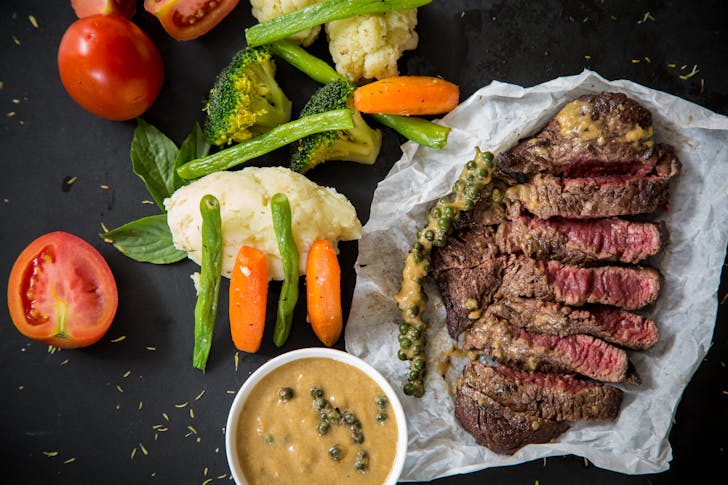
Butter, olive oil, and animal fats don’t just make food richer. They help flavors stick around longer. That creamy mouthfeel? That is fat doing its job. It coats your tongue and slows down flavor loss so you keep tasting long after the bite is gone.
The Key Role of Salt
Chef Janon is clear about this. Salt pulls double duty. It balances, brightens, and sharpens everything on the plate.
A pinch of salt can tone down bitterness, bring forward sweetness, and highlight the hidden notes in food. It lifts the flavor up. That is why bland food often needs more salt, not more spice. It is a small tweak with a huge impact.
Yes, sugar makes desserts sweet, but Chef Janon says it is also a behind-the-scenes hero in savory food. A spoonful of sugar can balance the acid in tomato sauce or soften the burn in spicy dishes.
She explains that sugar smooths out flavors and rounds off the sharp edges. Even a small amount can bring harmony to a dish. The best chefs know how to use sugar with control, not to make food candy-sweet, but to keep everything in check.
Texture and Temperature
Taste doesn’t live in the tongue alone. Chef Janon reminds us that how food feels matters just as much as how it tastes. Crispy, crunchy, creamy, chewy—these textures tell your brain something exciting is happening.
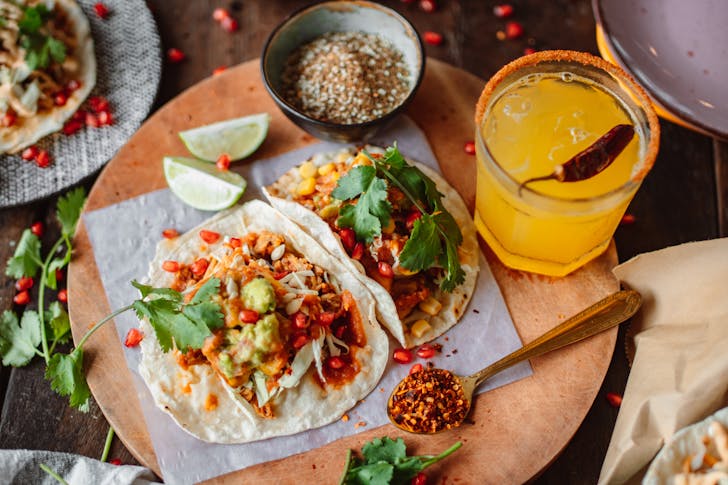
That is why soggy fries are a tragedy and warm ice cream feels wrong.
However, smell does the heavy lifting. Chef Janon says that aroma is responsible for a big chunk of what we think is “taste.” The nose catches things the tongue never could.
Roasted garlic, fresh herbs, spices blooming in oil – all of these fill the air before they even hit your mouth. When food smells complex, your brain is already building excitement before the first bite.
How Do Chefs Combine It All?
Great chefs play with balance. Chef Janon explains that the best dishes hit multiple notes at once. Think of a rich stew that is also salty, slightly sweet, and filled with layers of aroma and texture.
Fat brings flavor, salt boosts it, sugar smooths it, and heat transforms it. Chefs use these tools with precision.
